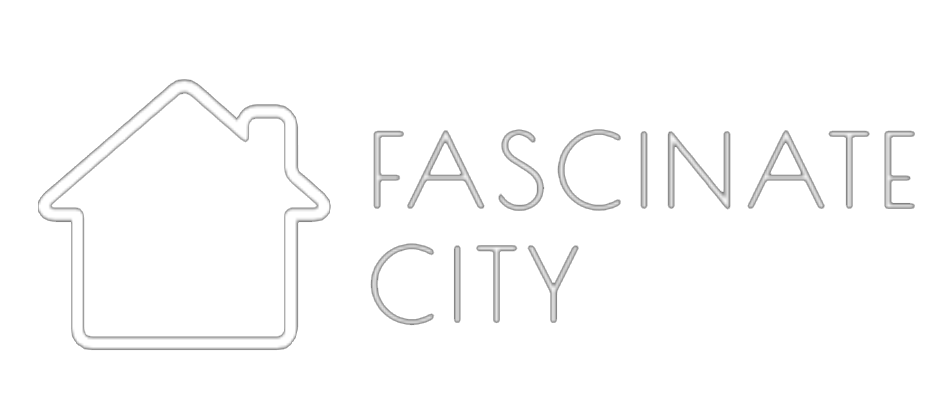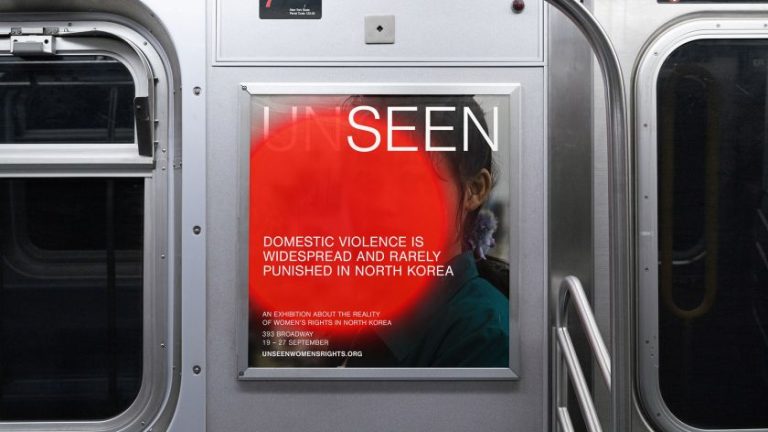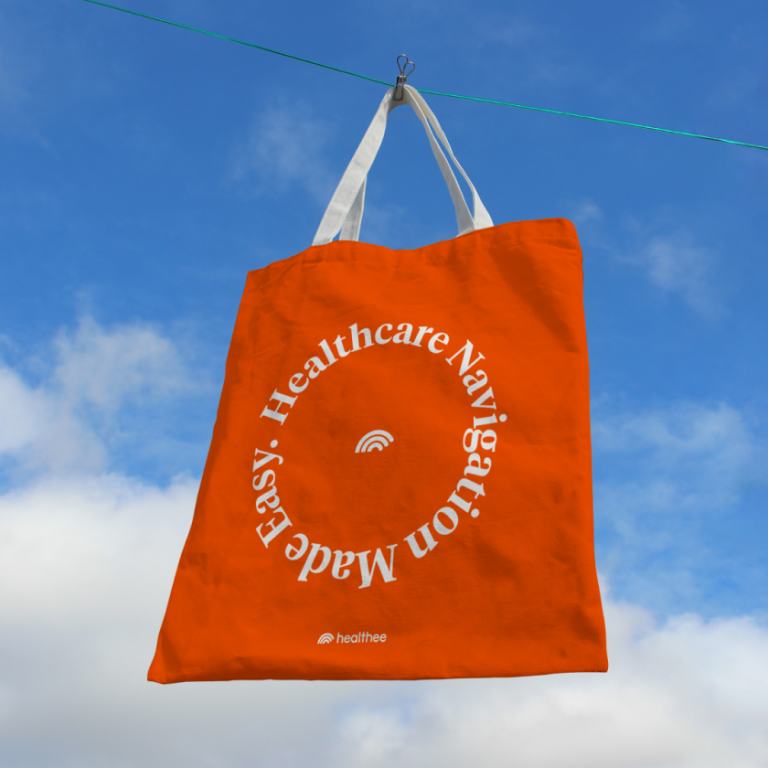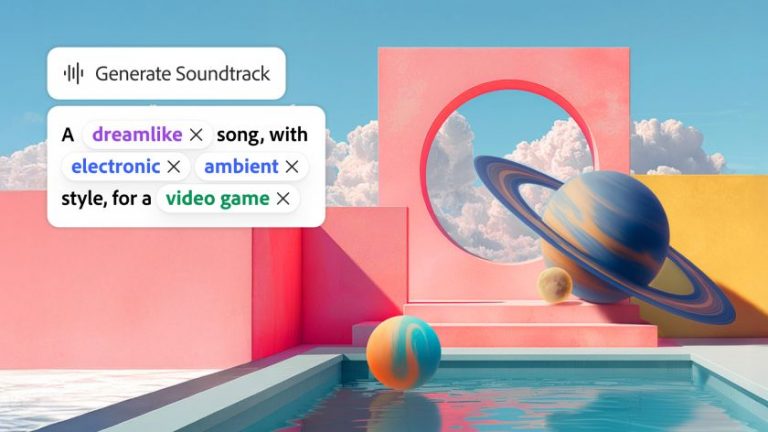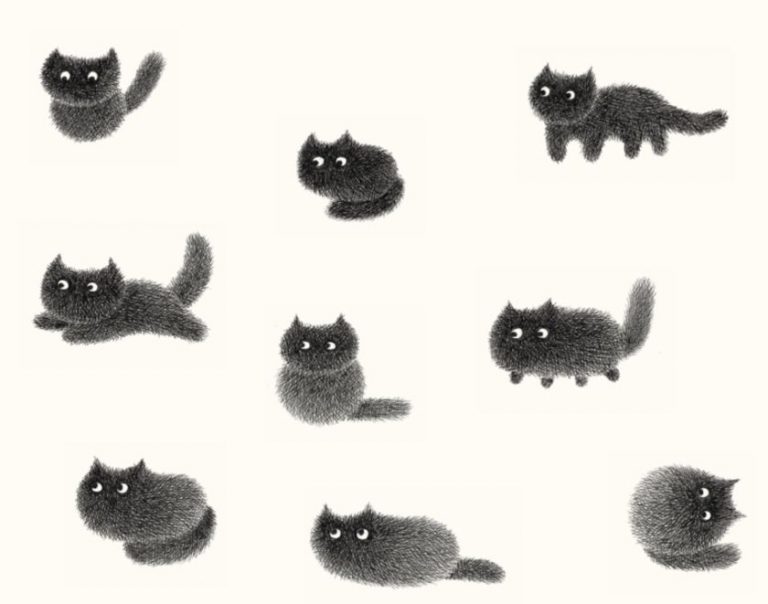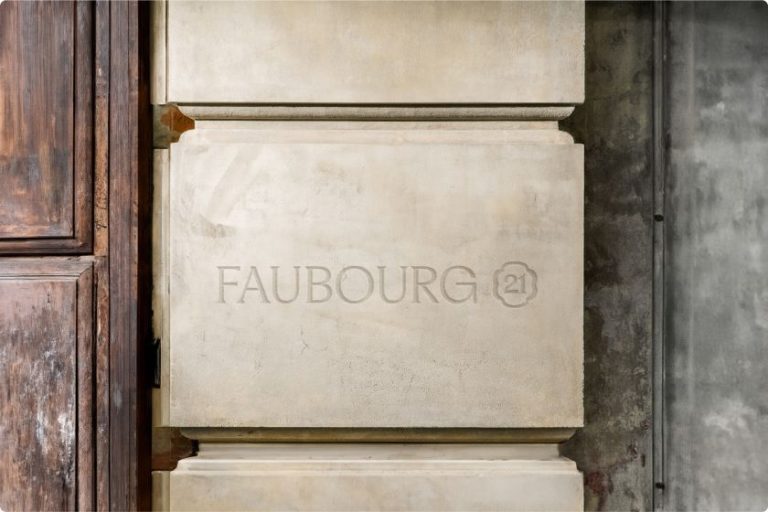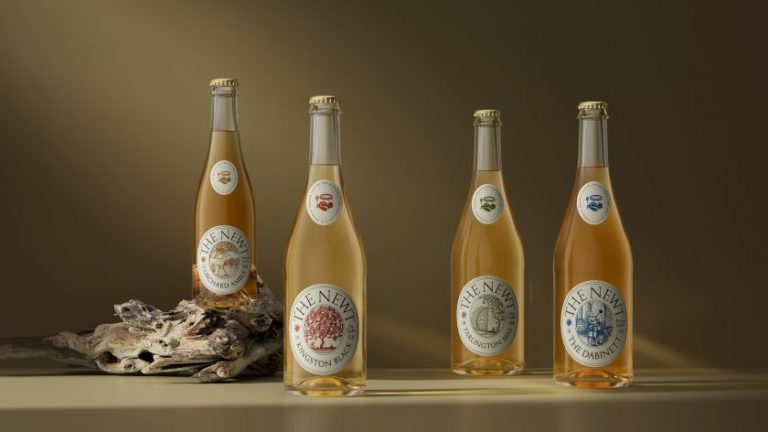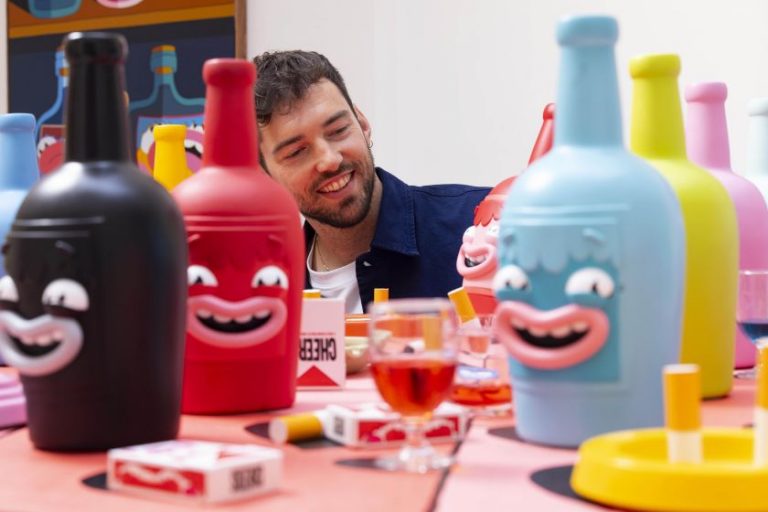john gerrard’s Ghost Feed, photographed by Thierry Bal, 2025 ©
The sixth edition of the coastal-set public art exhibition poses the question, ‘How Lies The Land? ‘Eighteen artists from around the globe respond to the Kent town – its geography, geology, people, and place.
For those with a passing knowledge of the long-dead language of Latin and its many modern derivatives, it might come as a surprise that the last Folkestone Triennial was not three but four years ago.
Looking back at the period and what was happening, you might be forgiven for thinking this delay is due to the global pandemic and its lockdowns. In fact, more practically, the decision to postpone the event was to accommodate Folkestone Council’s extensive roadworks and town remodelling. Unfortunately, there were delays, and these works are ongoing. Best laid plans and all that.
Céline Condorelli’s Dedication (To the Sea, To the Sea) photographed by Thierry Bal, 2025 ©
Nonetheless, for a hundred days, we welcome back the largest outdoor jamboree of contemporary art and the country’s biggest commissioning project.
Launched in 2008 by Creative Folkestone, the Triennial has had a transformative effect on the town. Over previous editions, the cultural body has commissioned the likes of Antony Gormley, one of whose figures is submerged at high tide, and revealed again as the waters retreat; Tracy Emin, who leaves forlorn bronze children’s shoes and a teddy mournfully along coastal paths; and Cornelia Parker’s mermaid contribution echoing the Copenhagen figure, albeit with Kentish social realism and a little seaweed.
These pieces remain accessible year in and year out, 24/7, as do almost all the contributions to this ever-expanding field of artistic interventions. There are over eighty works from more than fifty artists dotted around the whole town, from above the cliffs to the harbour arm. It’s as if a sculpture park has been overlaid onto the topography of the town.
Dorothy Cross’s Red Eratic photographed by Thierry Bal, 2025 ©
This year, under the curation of Sorcha Carey for the first time, there are commissions spanning the whole spectrum of what art can be. Works vary from a seven-tonne carved block of Syrian marble, to ice cream (yes, really!), sound works, to a sea sewage spilling protest, a salamander-themed playground, to the use of the game designing Unreal Engine. There’s alternative cartography, Land art, fantastical sculptures, giant totems and tiny amulets. More than any one work or artist, this is a celebration of creative diversity and an opportunity to explore a place with a long list of sights to discover.
That said, there is an unimaginable amount of work, research and effort that have brought many of these individual projects to life. Emilija Škarnulytė’s film Burial took seven years to make, and it’s displayed here, at Quarthouse, Creative Folkestone’s headquarters and performance space. It weaves a narrative around the systematic deconstruction of the Lithuanian Ignalina Nuclear Power Plant that was built in parallel to Chernobyl. Its decommissioning was an imperative requirement for the country to join the European Union. With the Dungeness power stations within eyesight, the film certainly holds your attention.
Katie Paterson’s Afterlife photographed by Thierry Bal, 2025 ©
Katie Paterson’s Afterlife is a series of 197 amulets and talismans reaching across time and space. Each object has been 3D scanned with contributions from around the world, including Mesopotamian, Egyptian, Viking, Islamic, Japanese, Indian, Chinese, Celtic, Greco-Roman and Pre-Columbian traditions. Individually, each of these precious, protective items has been cast in materials of increasing scarcity or byproducts of climate collapse.
There is an Ankh Cross made of sediment from dead marine zones so depleted of oxygen that animal life can no longer survive. There is a Double Crocodile amulet made from ground-up shells from Vanuatu, the South Pacific nation most vulnerable to rising sea levels. There are blackened forms created from the ashes of wildfires and scorched earth. The work is an extraordinary and epic overview of deep time, ancient human thinking and contemporary human destruction, housed in an old lookout tower that has not been open to the public for more than twenty years.
A mile or so away, Emeka Ogboh’s Ode to the Channel is a sound installation situated on a site with steps leading down to the changing tide, where the splashing waves add a further dimension to the audio. The artist has also created a novelty ice cream with a dipping powder of salty citrus that needs to be eaten to be believed (available at Herbet’s, a few minutes’ walk away).
On top of a nearby roof, where old railway lines still demarcate the route from warehouses to the harbour, a 2001: A Space Odyssey monolith-like outdoor LED screen displays a chimp preoccupied with a smartphone surrounded by burnt forest and distant lush tropics. Bridging concerns of tech and ecology, over-consumption and destruction, John Gerrard created a slowly evolving scene set to play late at least one evening a week throughout the festival, to maximise the real-time orbit of its imagined world, with long orange dusks and golden hour dawns.
Laure Pouvoust’s Above Front Tears, Oui Connect photographed by Thierry Bal, 2025 ©
In the old Customs House, the artist collective Cooking Sections, which has previously focused on industrial food systems, has turned its attention to sewage spills and polluting water companies. The Ministry of Sewage is an active institution that takes actual testimony from the public, with the ambition to collaborate with lawyers and hold those responsible accountable, thereby improving coastal health nationwide.
This is just a snapshot of what’s on display and happening. Over the next three months, there will be guided tours, workshops, fringe projects, film screenings, free public programmes, artists’ talks, school interventions, yoga and meditation, and other artist-led events. The harbour arm development, itself celebrating ten years since its redevelopment this year, hosts countless places to eat and drink, in converted train carriages and shipping containers – you can even take in the sea views in uprooted dodgem cars.
Hanna Tuulikki’s Love (Warbler remix) photographed by Thierry Bal, 2025 ©
The 2025 Folkestone Triennial introduces an imagined three-headed terrazzo bird with a plug for a tail (Laure Prouvost’s Above Front Tears, Oui Connect). It reveals a 5,000-strong brick kelp-like pathway overlooking the sea beneath (Jennifer Tee’s Oceans Tree of Life) – Iron Age-inspired urns from local artist Sara Trillo, and a love song of part-human, part-bird origin, broadcasting out to sea and along the migratory flightpath of the Marsh Warbler, a piece from Hanna Tuulikki.
There is plenty here to entertain and contemplate worldly concerns. Just an hour out of London St Pancras, plan your trip, wear comfy shoes, research a little about what you want to see and then follow your nose. In fact, Céline Condorelli’s wayfinding signs can act as the perfect accompaniment – they move in the wind and are playfully unintelligible. Perfect, to help you explore a town offering something quite unlike any other this summer.
